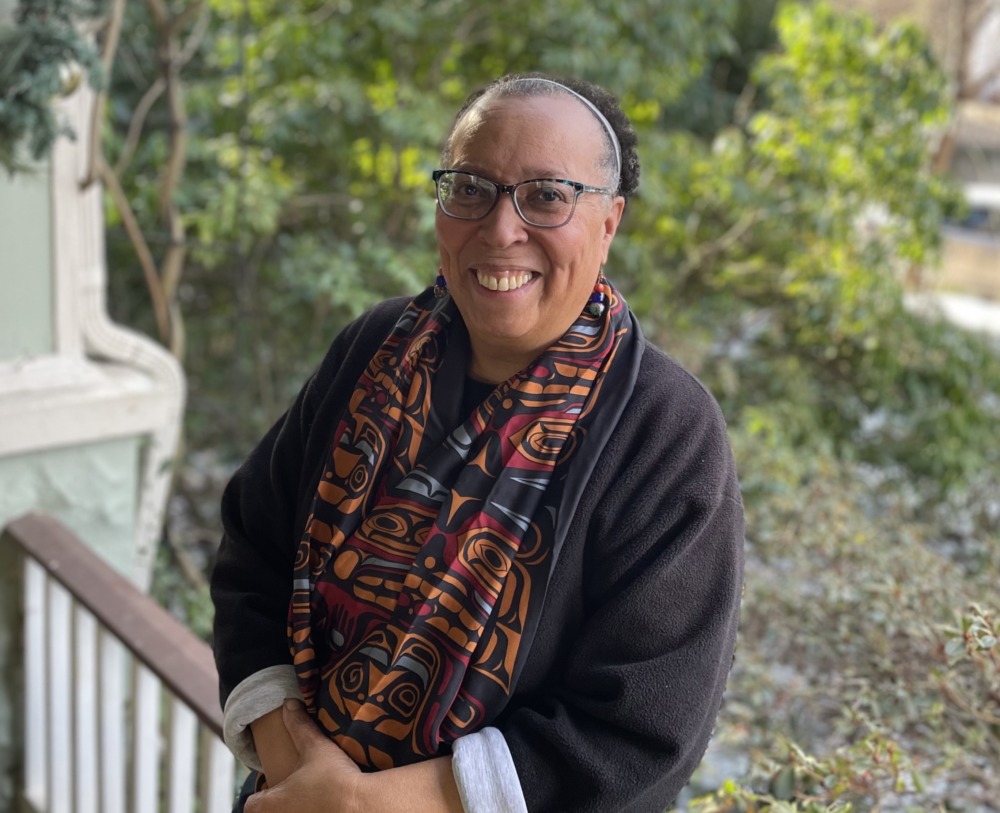A story about Black elementary school children jailed for non-existent crimes caught my attention in October 2021 when it was first picked up from ProPublica and featured in Youth Today. I checked then to see if publications more traditionally followed by those in the k-12 education space covered the story. They hadn’t.
So, I was pleased that YT ran an update story in January, sharing that the ProPublica coverage pushed the Tennessee legislature to take steps to remove the judge, who was adamant that her approach was not only necessary but effective.
 I was disappointed, however, to find that, once again, none of the education news sites that I track covered the story, even though it was picked up by mainstream publications like ABC News, The Independent, the Daily News Journal, Black Enterprise, Juvenile Justice Information Exchange and more than a dozen local news sites.
I was disappointed, however, to find that, once again, none of the education news sites that I track covered the story, even though it was picked up by mainstream publications like ABC News, The Independent, the Daily News Journal, Black Enterprise, Juvenile Justice Information Exchange and more than a dozen local news sites.
The lack of coverage of this story in education media, for me, is egregious. Stories that explore differences in families’ reasons for delaying their children’s return to in-person attendance are certainly worth covering. But so are stories about systems’ reasons for denying attendance. Youth Today’s coverage of stories like this is a powerful example of why I am committed to making Youth Today the media publication of record for the thriving youth fields.
We cannot pretend that the injustice and inequity embedded in or passively sanctioned by our schools and communities is all related to COVID-19. The warrants were issued for four Black girls’ arrests in April 2016 at Hobgood Elementary School because they were bystanders in a filmed scuffle that occurred off campus and in which no weapons were present, no children were hurt, and no charges were pressed.
School officials, including the principal and the regularly assigned police officer, were surprised by the notification about the planned arrests. But they happened nonetheless, in spite of the concerns of two Black police officers on the scene.
The publicity surrounding the arrests put a stop to some of the most egregious practices instituted by the juvenile justice system. But it did nothing to remove the adults in charge. The arrests continued. The state average for locking up children referred to juvenile court was 5% in 2014. It was 48% in Rutherford County.
This is a horrifying story of abuse of power within the juvenile justice system. What does it have to do with schools and education? Everything. The Rutherford County story underscores the profound influences decisions made outside of the school have on students’ and families’ ability to ensure their children’s access to education.
COVID has forced school leaders to focus the inextricable connections between attendance, achievement and access.
Hedy Chang from Attendance Works reminds us that chronic absenteeism is both an indicator and a cause of educational inequity. Young people are more likely to attend school (or participate in any program) when the basic conditions for learning and engagement are present, starting with physical and emotional health and safety. Continued school closings and quarantines will likely drive absenteeism rates up even higher than they were a year ago unless school and system leaders address these basic challenges.
Youth Today’s coverage of stories like Rutherford County remind us that access inequities go far beyond technology. They are often related to families’ involvement and treatment in schools and other systems.
Youth Today’s editors and reporters treat schools and school systems the same way they treat other systems. Its journalists look at the differential impacts – positive or negative – that legislators, system leaders and policies have on young people and their families, and on the staff and administrators charged with supporting them. And, because it covers all of the systems where young people find themselves voluntarily or involuntarily, it provides its readers with a much richer and, in my opinion, more balanced view than more narrowly focused media publications.
We need to get Youth Today in the hands of more k-12 stakeholders and education advocates. What can you do to help?
Let us know at talkwithus@kpcatalysts.com.
———
Read all The Remix with Karen Pittman’s columns on Youth Today.
Karen Pittman is a partner at KP Catalysts and the founder and former CEO of the Forum for Youth Investment. Read more here.






























